-
Definition
-
Research
-
Assumptions
-
Limitations
-
Research Methodology
-
Introduction
-
Primary Research
-
3.3
-
Secondary Research
-
Market Size
-
Estimation
-
Chapter 4. Market Dynamics
-
4.1
-
Drivers
-
Restraints
-
4.3
-
Opportunities
-
Challenges
-
Macroeconomic Indicators
-
Detection
-
Technique Trends & Assessment
-
Chapter 5. Market Factor
-
Analysis
-
Porter’s Five Forces Analysis
- Bargaining
- Threat of New Entrants
- Threat of Substitutes
- Intensity of Rivalry
-
5.1.1
-
Bargaining Power of Suppliers
-
Power of Buyers
-
5.2
-
Value Chain Analysis
-
Investment Feasibility Analysis
-
Pricing Analysis
-
Chapter 6. Global
-
Gel Documentation Systems Market, by Product
-
Introduction
-
Instruments
- Digital Gel Documentation
-
Instruments
-
Market Estimates & Forecast, by Region, 2020-2027
-
Market Estimates
-
& Forecast, by Country, 2020-2027
-
Instruments
-
Film Gel Documentation
-
Market Estimates & Forecast, by Region, 2020-2027
-
Market Estimates
-
& Forecast, by Country, 2020-2027
-
Accessories
-
Market Estimates & Forecast,
-
by Region, 2020-2027
-
Market Estimates &
-
Forecast, by Country, 2020-2027
-
Software
-
Market Estimates & Forecast,
-
by Region, 2020-2027
-
Market Estimates
-
& Forecast, by Country, 2020-2027
-
Chapter 7. Global Gel
-
Documentation Systems Market, by Detection Technique
-
Introduction
-
Ultraviolet
-
Market Estimates & Forecast,
-
by Region, 2020-2027
-
Market Estimates & Forecast, by
-
Country, 2020-2027
-
Chemiluminescence
-
Market
-
Estimates & Forecast, by Region, 2020-2027
-
Market Estimates
-
& Forecast, by Country, 2020-2027
-
Fluorescence
-
Market Estimates & Forecast, by Region, 2020-2027
-
Market Estimates & Forecast, by Country, 2020-2027
-
Chapter 8.
-
Global Gel Documentation Systems Market, by Application
-
8.1
-
Introduction
-
Protein Quantification
-
Market Estimates & Forecast, by Region, 2020-2027
-
Market
-
Estimates & Forecast, by Country, 2020-2027
-
Nucleic
-
Acid Quantification
-
Market Estimates & Forecast, by Region, 2020-2027
-
Market Estimates & Forecast, by Country, 2020-2027
-
Others
-
Chapter 9. Global Gel Documentation
-
Systems Market, by End User
-
Introduction
-
9.2
-
Pharmaceutical & BioDetection Technique Companies
-
Market Estimates & Forecast, by Region, 2020-2027
-
Market Estimates & Forecast, by Country, 2020-2027
-
Academic
-
Institutes & Research Centers
-
Market Estimates & Forecast, by Region, 2020-2027
-
Market Estimates & Forecast, by Country, 2020-2027
-
Diagnostic Laboratories
-
Market Estimates & Forecast, by Region, 2020-2027
-
Market Estimates & Forecast,
-
by Country, 2020-2027
-
Others
-
Chapter 10.
-
Global Gel Documentation Systems Market, by Region
-
Introduction
-
Americas
- North America
-
10.2.2
-
South America
-
Europe
- Western
-
Europe
-
10.3.1.5
-
UK
-
10.3.2
-
Eastern Europe
-
Asia-Pacific
- China
- India
- Australia
- South Korea
- Rest of Asia-Pacific
-
10.4.1
-
Japan
-
Middle
- Middle East
-
East & Africa
-
10.5.2
-
Africa
-
Chapter 11. Company Landscape
-
Introduction
-
Market
-
Share Analysis
-
Key Development &
-
Strategies
-
Chapter 12. Company Profiles
-
Bio-Rad Laboratories, Inc.
- Treatment
- Financials Overview
- Key Developments
-
12.1.1
-
Company Overview
-
Overview
-
12.1.5
-
SWOT Analysis
-
Bio-Techne
- Company Overview
- Financial
- Key Developments
- SWOT Analysis
- Company
- Treatment Overview
- Financial Overview
- SWOT Analysis
-
12.2.2
-
Treatment Overview
-
Overview
-
12.3
-
Endress + Hauser Management AG
-
Overview
-
12.3.4
-
Key Development
-
GE Healthcare
- Company
- Treatment Overview
- Financial Overview
- SWOT Analysis
-
Overview
-
12.4.4
-
Key Development
-
Thermo Fisher Scientific
- Treatment
- Financial overview
- Key Developments
- SWOT
-
12.5.1
-
Company Overview
-
Overview
-
Analysis
-
LI-COR
- Company Overview
- Treatment Overview
- Key Developments
- SWOT Analysis
-
Biosciences
-
12.6.3
-
Financial Overview
-
Vilber Lourmat
- Overview
- Treatment Overview
- Key Developments
- SWOT Analysis
- Overview
- Treatment Overview
- Key Developments
- SWOT Analysis
- Overview
- Treatment Overview
- Key Developments
- SWOT Analysis
-
12.7.3
-
Financial Overview
-
12.8
-
Scientific Digital Imaging Plc.
-
12.8.3
-
Financials
-
12.9
-
Cleaver Scientific
-
12.9.3
-
Financials
-
Azure Biosystems
- Overview
- Financials
- Key Developments
-
12.10.2
-
Treatment Overview
-
12.10.5
-
SWOT Analysis
-
Others
-
Chapter 13 MRFR
-
Conclusion
-
Key Findings
- From CEO’s View point
- Unmet Needs of the Market
-
13.2
-
Key Companies to Watch
-
Predictions
-
for the Gel Documentation Systems Industry
-
Chapter 14. Appendix
-
LIST OF TABLES
-
Global Gel Documentation Systems
-
Market Synopsis, 2020-2027
-
Global Gel Documentation
-
Systems Market Estimates and Forecast, 2020-2027
-
(USD Million)
-
Global
-
Gel Documentation Systems Market, by Region, 2020-2027 (USD Million)
-
Table
-
Global Gel Documentation Systems Market,
-
by Product, 2020-2027 (USD Million)
-
Table 5
-
Global Gel Documentation Systems Market, by Detection Technique, 2020-2027
-
(USD
-
Million)
-
Table 6
-
Global Gel Documentation Systems Market, by Application, 2020-2027 (USD
-
Million)
-
Global Gel Documentation
-
Systems Market, by End User, 2020-2027 (USD Million)
-
Table 8
-
North America: Gel Documentation Systems Market, by Product, 2020-2027 (USD
-
Million)
-
North America: Gel Documentation
-
Systems Market, by Detection Technique, 2020-2027
-
(USD Million)
-
North America: Gel Documentation Systems Market, by
-
Application, 2020-2027 (USD
-
Million)
-
Table
-
North America: Gel Documentation Systems Market, by End User,
-
Million)
-
US:
-
Gel Documentation Systems Market, by Product, 2020-2027 (USD Million)
-
Table
-
US: Gel Documentation Systems Market, by Detection Technique,
-
Million)
-
US:
-
Gel Documentation Systems Market, by Application, 2020-2027 (USD Million)
-
Table 15
-
US: Gel Documentation Systems Market, by End User, 2020-2027 (USD Million)
-
Canada: Gel Documentation Systems Market, by Product,
-
Canada: Gel Documentation
-
Systems Market, by Detection Technique, 2020-2027 (USD
-
Million)
-
Canada: Gel Documentation Systems Market,by Application,
-
Canada: Gel Documentation Systems Market,
-
by End User, 2020-2027 (USD Million)
-
South
-
America: Gel Documentation Systems Market, by Product, 2020-2027 (USD
-
Million)
-
South America: Gel Documentation Systems
-
Market, by Detection Technique, 2020-2027 (USD Million)
-
Table
-
South America: Gel Documentation Systems Market, by Application,
-
Million)
-
South
-
America: Gel Documentation Systems Market, by End User, 2020-2027 (USD
-
Million)
-
Europe: Gel Documentation Systems
-
Market, by Product, 2020-2027 (USD Million)
-
Europe:
-
Gel Documentation Systems Market, by Detection Technique, 2020-2027 (USD
-
Million)
-
Europe: Gel Documentation Systems
-
Market, by Application, 2020-2027 (USD Million)
-
Europe: Gel Documentation Systems Market, by End User,
-
Western Europe: Gel
-
Documentation Systems Market, by Product, 2020-2027 (USD
-
Million)
-
Western Europe: Gel Documentation Systems Market, byDetection
-
Technique, 2020-2027 (USD Million)
-
Western
-
Europe: Gel Documentation Systems Market, by Application, 2020-2027 (USD
-
Million)
-
Table 31
-
Western Europe: Gel Documentation Systems Market, by End User, 2020-2027 (USD
-
Million)
-
Eastern Europe: Gel Documentation
-
Systems Market, by Product, 2020-2027 (USD
-
Million)
-
Table
-
Eastern Europe: Gel Documentation Systems Market, by Detection
-
Technique, 2020-2027 (USD Million)
-
Table 34
-
Eastern Europe: Gel Documentation Systems Market, by Application, 2020-2027
-
(USD
-
Million)
-
Eastern Europe:
-
Gel Documentation Systems Market, by End User, 2020-2027 (USD
-
Million)
-
Asia-Pacific: Gel Documentation Systems Market,
-
by Product, 2020-2027 (USD
-
Million)
-
Table 37
-
Asia-Pacific: Gel Documentation Systems Market, byDetection Technique, 2020-2027
-
(USD Million)
-
Asia-Pacific:
-
Gel Documentation Systems Market, by Application, 2020-2027 (USD
-
Million)
-
Asia-Pacific:
-
Gel Documentation Systems Market, by End User, 2020-2027 (USD
-
Million)
-
Middle East & Africa: Gel Documentation Systems
-
Market, by Product, 2020-2027
-
(USD Million)
-
Table
-
Middle East & Africa: Gel Documentation Systems Market,
-
by Detection Technique,
-
Middle East & Africa: Gel
-
Documentation Systems Market, by Application, 2020-2027
-
(USD
-
Million)
-
Middle East & Africa: Gel Documentation Systems
-
Market, by End User, 2020-2027
-
(USD Million)
-
LIST OF FIGURES
-
Research Process
-
Segmentation for Global Gel Documentation Systems Market
-
Segmentation Market Dynamics for Global Gel Documentation
-
Systems Market
-
Global Gel Documentation Systems
-
Market Share, by Product, 2020
-
Global Gel Documentation
-
Systems Market Share, by Detection Technique, 2020
-
Global
-
Gel Documentation Systems Market Share, by Application, 2020
-
Figure 7
-
Global Gel Documentation Systems Market Share, by End User, 2020
-
Figure
-
Global Gel Documentation Systems Market Share, by Region, 2020
-
North America: Gel Documentation Systems Market Share,
-
by Country, 2020
-
Europe: Gel Documentation Systems
-
Market Share, by Country, 2020
-
Asia-Pacific: Gel
-
Documentation Systems Market Share, by Country, 2020
-
Figure 12
-
Middle East & Africa: Gel Documentation Systems Market Share, by Country,
-
201
-
Global Gel Documentation Systems Market: Company
-
Share Analysis, 2020 (%)
-
Bio-Rad Laboratories,
-
Inc.: Key Financials
-
Bio-Rad Laboratories, Inc.:
-
Segmental Revenue
-
Bio-Rad Laboratories, Inc.: Geographical
-
Revenue
-
Bio-Techne: Key Financials
-
Figure
-
Bio-Techne: Segmental Revenue
-
Figure 19
-
Bio-Techne: Geographical Revenue
-
Endress + Hauser
-
Management AG : Key Financials
-
Endress + Hauser
-
Management AG : Segmental Revenue
-
Endress + Hauser
-
Management AG : Geographical Revenue
-
GE Healthcare
-
: Key Financials
-
GE Healthcare: Segmental Revenue
-
GE Healthcare : Geographical Revenue
-
Figure 26
-
Thermo Fisher Scientific : Key Financials
-
Thermo
-
Fisher Scientific : Segmental Revenue
-
Thermo Fisher
-
Scientific : Geographical Revenue
-
LI-COR Biosciences:
-
Key Financials
-
LI-COR Biosciences: Segmental Revenue
-
LI-COR Biosciences: Geographical Revenue
-
Figure 32
-
Vilber Lourmat: Key Financials
-
Vilber Lourmat:
-
Segmental Revenue
-
Vilber Lourmat: Geographical
-
Revenue
-
Scientific Digital Imaging Plc.: Key Financials
-
Scientific Digital Imaging Plc.: Segmental Revenue
-
Scientific Digital Imaging Plc.: Geographical Revenue
-
Cleaver Scientific : Key Financials
-
Figure 39
-
Cleaver Scientific: Segmental Revenue
-
Cleaver
-
Scientific: Geographical Revenue
-
Azure Biosystems
-
: Key Financials
-
Azure Biosystems : Segmental
-
Revenue
-
Azure Biosystems : Geographical Revenue

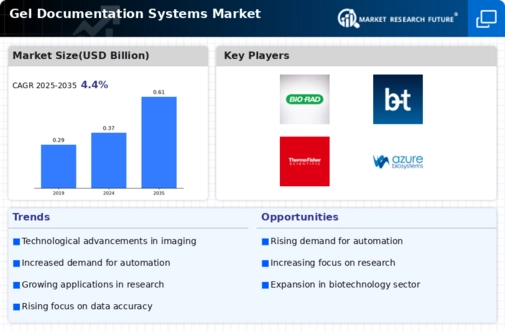
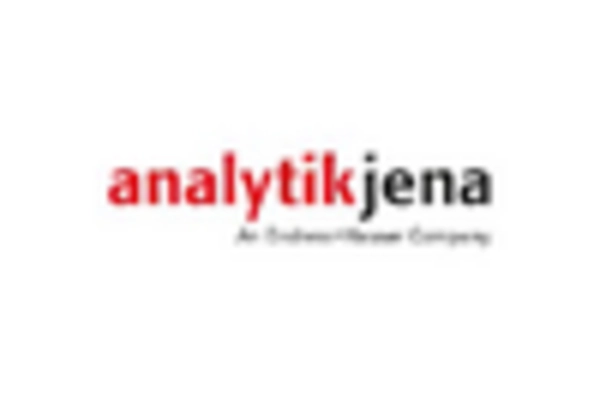
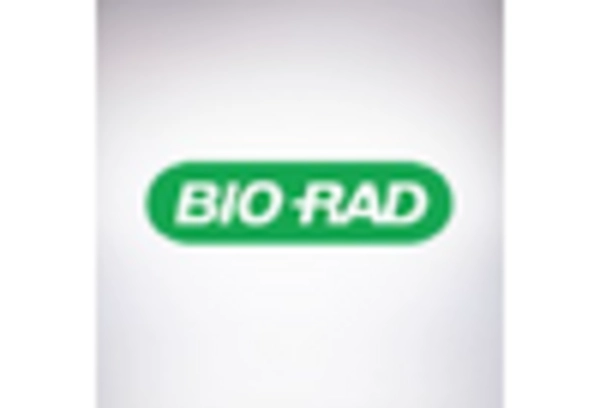

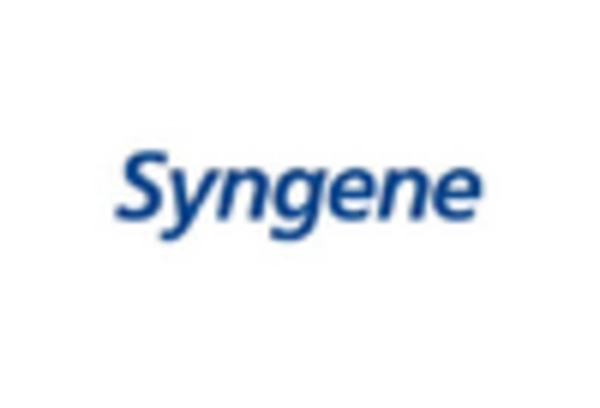

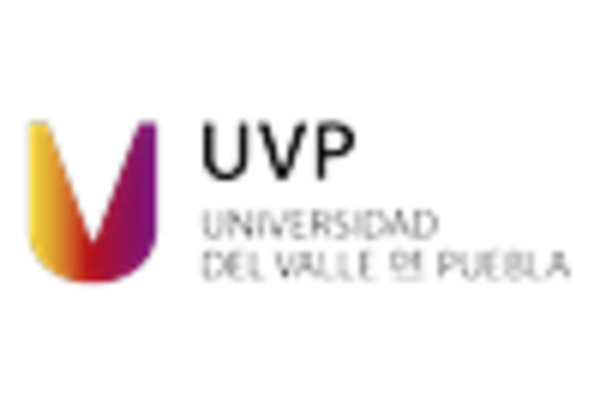

Leave a Comment